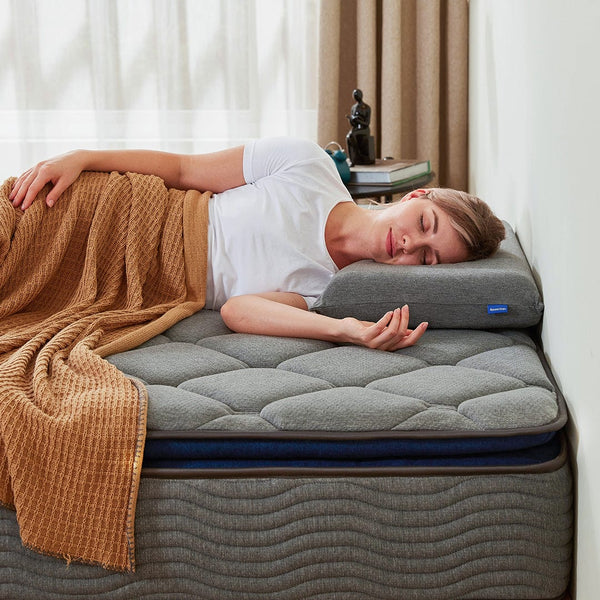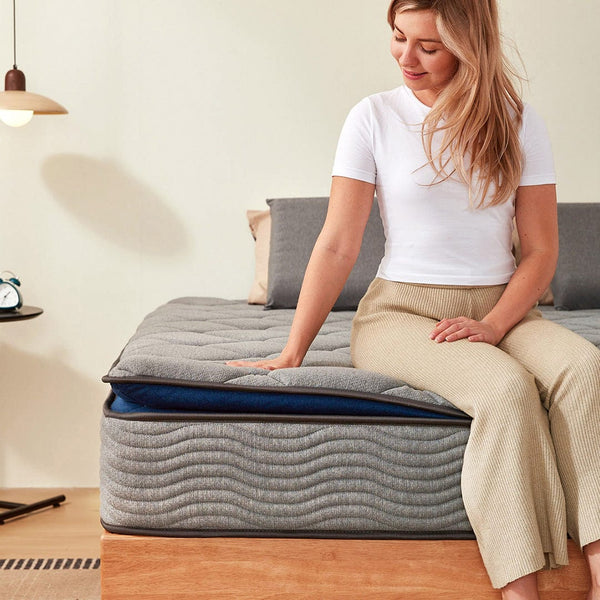Choosing a high-quality cooling mattress involves understanding key factors like materials, airflow, and cooling technologies. If you're prone to overheating or live in a hot climate, it’s essential to pick a mattress that offers both comfort and temperature regulation. Here's how you can make the right choice:
1. Material Matters
The materials used in your mattress play a significant role in cooling performance.
- Hybrid Mattresses: Hybrid mattresses combine memory foam and coils. The coil support core promotes airflow, making them a good choice for cooling. The foam layer can trap some heat, but the coils allow for sufficient air circulation. Latex hybrids, with latex layers over coils, are particularly effective in cooling thanks to latex's natural breathability.
- Gel-Infused Memory Foam: While memory foam is great for pressure relief, it can trap heat. To offset this, many cooling mattresses incorporate gel-infused memory foam. The gel helps dissipate heat by absorbing it and then releasing it away from your body, making it ideal for hot sleepers.
- Latex Mattresses: Latex is naturally breathable and offers excellent airflow. It tends to retain minimal heat and doesn’t hug your body as much as memory foam, which means better air circulation. It’s a solid option for those who overheat easily.
- Foam Mattresses: All-foam mattresses, especially those made entirely from memory foam, are generally not ideal for cooling. They tend to retain more body heat compared to hybrid or latex options. If you prefer a foam mattress, look for one with open-cell memory foam or ventilated layers, which can help with airflow.
2. Airflow in the Support Core
Airflow is critical in maintaining a cool sleep environment. Coil support cores are known for allowing plenty of airflow, while all-foam beds tend to trap heat. If you’re looking for a mattress that keeps cool, consider models with coils or ventilated latex as they provide the necessary ventilation to disperse heat.
3. Cooling Technology
Some mattresses are equipped with advanced cooling technology. These technologies can range from passive to active cooling:
- Passive Cooling: This includes Phase-change materials (PCMs) that absorb and release heat depending on the surrounding temperature. Some mattresses use gel or copper-infused foam layers to help dissipate heat and regulate your body temperature.
- Active Cooling: Active cooling is more high-tech and includes specialty covers that physically change the temperature of the sleep surface. These mattresses often use technology like air circulation systems built into the bed.
4. Firmness Level
The firmness of the mattress also impacts its cooling performance. Soft, plush mattresses tend to hug your body more deeply, which can prevent airflow and lead to heat retention. If you're a hot sleeper, it’s better to choose a medium-firm mattress (around 6 on a 10-point scale) or firmer. These mattresses provide more surface-level airflow, which helps keep you cooler.

























